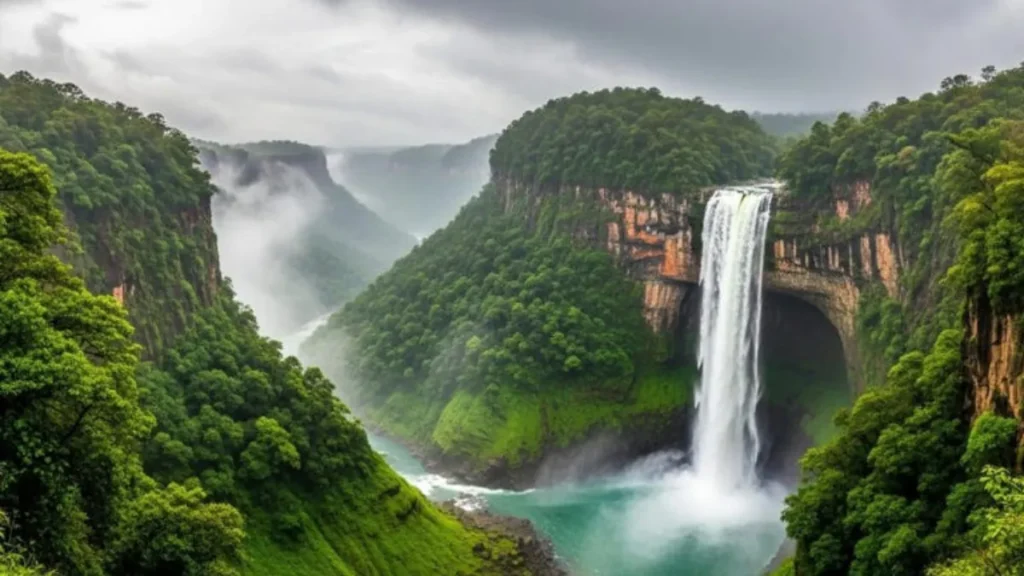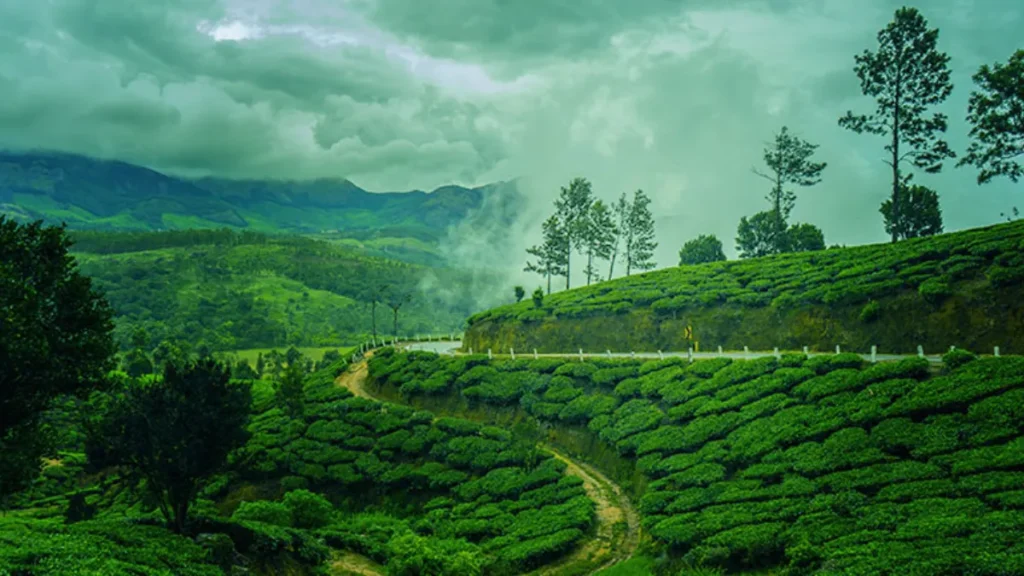Mullayanagiri peak temperature is one of the most searched topics among travelers planning a trip to Karnataka’s highest mountain. Standing tall at 1,930 meters (6,330 feet) above sea level, Mullayanagiri is located in the Chikmagalur district and is part of the Baba Budangiri mountain range in the Western Ghats. Known for its breathtaking views, lush greenery, and adventurous trekking trails, this peak attracts thousands of visitors every year. But to enjoy the experience fully, it is important to understand the seasonal temperature and weather patterns of Mullayanagiri.
In this guide, you will learn about the climate of Mullayanagiri throughout the year, the best time to visit, what to pack, and how the temperature changes from season to season.
Understanding Mullayanagiri Peak Temperature
The Mullayanagiri peak temperature is largely influenced by its high altitude and the Western Ghats’ climatic conditions. Unlike the plains of Karnataka, this region experiences a cooler and more refreshing climate almost year-round. The peak is covered in mist during monsoons, cool breezes dominate winter, and summers are relatively mild compared to nearby cities like Bengaluru or Mangalore.
Mullayanagiri Peak Temperature in Summer (March to May)
During summer, the temperature at Mullayanagiri peak ranges between 20°C and 30°C. Unlike other tourist places in South India where summers can be harsh, Mullayanagiri remains pleasant and comfortable. The mornings and evenings are especially cool, while afternoons may feel slightly warm under direct sunlight.
- Daytime Temperature: Around 28°C to 30°C
- Nighttime Temperature: Around 18°C to 22°C
Travel Tip for Summer Visitors
If you plan to visit during summer, carry light cotton clothes along with a light jacket for evenings. Since the temperature is moderate, it is one of the best times for trekking, photography, and outdoor activities.
Mullayanagiri Peak Temperature in Monsoon (June to September)
The Western Ghats are famous for heavy rainfall, and Mullayanagiri is no exception. Monsoon brings lush greenery and turns the hills into a paradise. The Mullayanagiri peak temperature during monsoon usually remains between 18°C and 25°C.
- Daytime Temperature: Around 23°C to 25°C
- Nighttime Temperature: Around 16°C to 20°C
Travel Tip for Monsoon Visitors
If you are visiting in the monsoon, be prepared for mist, slippery trekking trails, and sudden showers. Carry waterproof jackets, good trekking shoes, and avoid traveling during extremely heavy rains for safety reasons.
Mullayanagiri Peak Temperature in Winter (October to February)
Winter is the most popular time to visit Mullayanagiri, as the weather is at its best. The Mullayanagiri peak temperature in winter ranges between 14°C and 20°C. On certain nights, the temperature can drop even lower, making the weather quite chilly.
- Daytime Temperature: Around 18°C to 20°C
- Nighttime Temperature: Around 10°C to 14°C
Also read: Best Time to Visit Mullayanagiri Peak 2025
Travel Tip for Winter Visitors
If you are visiting during winter, carry warm clothing, especially for the evenings and nights. Trekking becomes easier as the air is crisp and the skies are clear, making it the perfect season for nature lovers and adventure seekers.
Best Time to Visit Mullayanagiri Peak
Considering the Mullayanagiri peak temperature and overall weather conditions, the best time to visit is from October to February. This is when the climate is cool, visibility is clear, and the trekking trails are safe. Summer (March to May) is also a good option for travelers who prefer slightly warmer weather. Monsoon (June to September), though beautiful, is best suited for those who enjoy the charm of rains and mist.
How Mullayanagiri Peak Temperature Affects Trekking
The trekking experience at Mullayanagiri is directly influenced by the temperature and weather conditions:
- Summer: Clear trails and comfortable trekking, though afternoons can be warm.
- Monsoon: Risk of slippery paths, but greenery and waterfalls make it scenic.
- Winter: Ideal trekking conditions with cool air and panoramic views.
For beginners, winter is highly recommended as the weather is favorable and less tiring.
Packing Guide for Different Seasons
When planning a trip, understanding the Mullayanagiri peak temperature helps in packing the right essentials.
- Summer Packing: Light clothes, sunscreen, sunglasses, a cap, and a water bottle.
- Monsoon Packing: Waterproof jackets, trekking shoes with strong grip, umbrella, and extra clothes.
- Winter Packing: Warm jackets, woolen caps, gloves, and layered clothing.
Regardless of the season, always carry basic trekking gear, first-aid, and snacks.
Why Weather Knowledge is Important Before Visiting
Knowing the Mullayanagiri peak temperature helps travelers plan better. It allows you to choose the right season for your trip, ensures you pack correctly, and prepares you for sudden weather changes. Since the Western Ghats are known for unpredictable weather, being informed makes your journey safer and more enjoyable.
Additional Tips for Travelers
- Start your trek early in the morning to enjoy cooler temperatures and avoid crowds.
- Keep track of local weather updates, especially during the monsoon.
- Carry enough drinking water to stay hydrated, regardless of the season.
- Respect nature by avoiding littering on trekking trails.
Also read: India’s highest waterfalls and where to spot these natural wonders
Conclusion:
The Mullayanagiri peak temperature plays a vital role in shaping your travel experience. Whether you want to enjoy the pleasant summer, the misty monsoon, or the chilly winter, Mullayanagiri offers something unique in every season. With proper planning and an understanding of seasonal temperatures, your trip to this stunning peak in Karnataka can be comfortable, safe, and unforgettable.
So, if you are looking forward to breathtaking views, cool mountain air, and the thrill of trekking, Mullayanagiri is the perfect destination for your next adventure.




